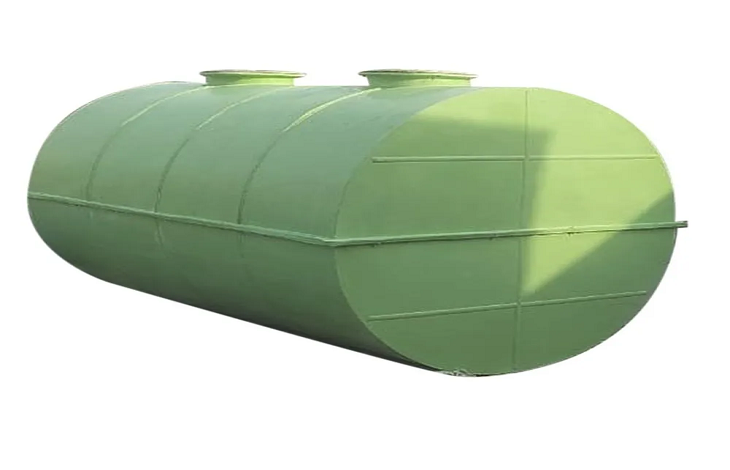How to Make Sure you Choose the Most Suitable Underground Water Tank

Installing an underground water tank makes the most of the limited space in and around residential and commercial spaces. The available area above and underground tank can serve other purposes like accommodating playing grounds for children, outdoor dining, designer pools, and gardens.
Properties enjoy a steady supply of clean water thanks to a well-chosen water tank. Moreover, water bills significantly reduce as rainwater collection systems feed the tanks and serve as adjuncts to the main water supply. Unfortunately, picking the wrong tank can have terrible consequences. Consider the following tips for choosing an underground water tank.
Size
An essential factor to consider while choosing an underground water tank is the tank’s capacity. Unfortunately, the tank’s capacity is not modifiable after installation. Therefore, it’s important to get it right the first time.
The size of your tank depends on how much water you need. Large tanks are great for commercial buildings and large residential while smaller tanks work best for simple homes. Moreover, off-grid buildings have higher water requirements and often run on large tanks.
Although tank sizes are non-modifiable, you can combine several units to design a high-capacity water storage system. Moreover, most people fit large underground tanks and small holding tanks on the roof to create a high-pressure water supply for the building. The combination adds to the overall capacity of the water reserve.
Construction and installation techniques
The installation processes of underground tanks are complex; however, each tank has its unique approach. For example, PEP tanks are easy to install since the outlet and inlet channels are preinstalled in tanks. Additionally, the installation area is naturally fortified to guarantee that the tank is protected from subsurface forces.
Construction of concrete tanks is done on-site. Consequently, the tank is often built alongside the main building. Unfortunately, the tank’s structure is complex and takes a lot of time to design and construct. Moreover, concrete tanks require extra structural reinforcements. As a result, underground concrete tanks require more money, time and labour to build. Nonetheless, the tank is sturdy and holds the largest capacity among all options.
Price
As expected, different tanks come with different price tags. Concrete tanks are the most expensive option. However, the tanks hold the biggest capacity and have the best durability performance. On the other hand, PEP tanks are the most affordable. The installation of the tank is cheap and straightforward. Moreover, the tank is easy to maintain. The only downside is the limited options for capacity.
Maintenance Cost
It’s important to inspect your tank and assess for maintenance needs regularly. Underground water tanks are vulnerable to damage from water and extreme pressures. Consequently, choose an underground tank after understanding its maintenance requirements. Concrete tanks have the highest maintenance needs and often require professional input to handle cracks and other structural damages. Steel and plastic tanks require little maintenance but cleaning and decontaminating water are still mandatory.
Styles Available
The structural design of underground storage tanks has advanced, and numerous options are available. Currently, food-grade polyethylene and rust-resistant steel are used to manufacture underground tanks. These improved materials offer better performance and conserve the environment. Therefore, as you select an underground water tank for your home, choose contemporary options made from advanced materials.
Excavation Site
Since ground excavation is standard for all underground tanks, assessing the ground in and around your property is essential. A ground survey determines the ground structure and approach to excavation. Moreover, the ground structure may put limitations on how deep to dig. Nonetheless, you should contact a professional team for a comprehensive assessment and excavation. Moreover, check in with your local council for excavation permits.
Once you have the right tank, you are set to enjoy its benefits for years. Therefore, don’t make any mistakes with your selection.
Read Also:
Choosing An Underground Water Tank
HOW TO MAINTAIN YOUR UNDERGROUND RAINWATER TANK





